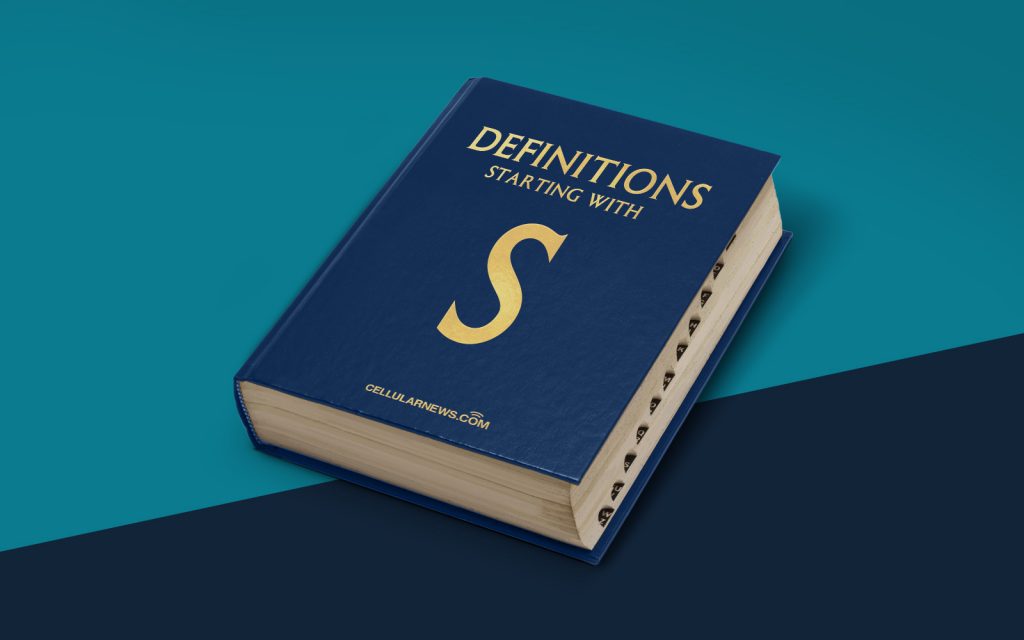
DEFINITIONS: What is Section 508?
Hey there, tech-savvy readers! Welcome back to our “DEFINITIONS” category, where we dive deep into industry terms and concepts to help you expand your knowledge. Today, we’ll be exploring the fascinating world of Section 508.
So, you might be wondering, “What is Section 508?” Well, buckle up, because we’re about to take you on a journey of accessibility and inclusivity in the digital realm of the United States. Let’s get started!
Understanding Section 508
In simple terms, Section 508 refers to a federal law enforced in the United States that requires federal agencies to make their electronic information and technology accessible to individuals with disabilities. It ensures that everyone has equal access to digital content, regardless of their abilities.
Key Takeaways:
- Section 508 is a federal law in the United States.
- It mandates accessibility of electronic information and technology for individuals with disabilities.
Section 508 applies to a wide range of digital content, including websites, software, documents, videos, and more. Its guidelines highlight the importance of creating content that can be easily accessed, understood, and used by individuals with various disabilities.
Now, you might be wondering how Section 508 makes websites and other digital content accessible. Well, let’s take a look at some of the requirements outlined by this law:
- Alternative Text: Images and visuals must be accompanied by alternative text (alt text), which provides a description of the visual content for visually impaired individuals.
- Keyboard Accessibility: Websites and software should be operable through a keyboard alone, ensuring that individuals who cannot use a mouse can navigate and interact with the content.
- Color Contrast: The contrast between text and background should be sufficient to accommodate individuals with visual impairments and color blindness.
- Captions and Transcripts: Videos and audio content must be accompanied by captions or transcripts, enabling individuals with hearing impairments to comprehend the information.
- Logical Structure: Documents and web pages should have a clear and organized structure to facilitate screen readers and assistive technologies in interpreting and presenting the content.
Key Takeaways:
- Section 508 requires alternative text for images, keyboard accessibility, color contrast, captions/transcripts, and logical structure in digital content.
- It ensures equal access for individuals with visual, hearing, and mobility impairments.
By adhering to these guidelines, agencies can create a more inclusive digital experience for all users, ultimately promoting equal opportunity and accessibility. Section 508 not only benefits individuals with disabilities but also has a positive impact on usability and user experience for a broader audience.
So, the next time you come across the term “Section 508,” you’ll have a better understanding of what it represents and the importance it holds in creating a more accessible digital world.
We hope you enjoyed this “DEFINITIONS” blog post. Stay tuned for more captivating and educational content, as we continue unraveling the mysteries of industry terms and concepts!
